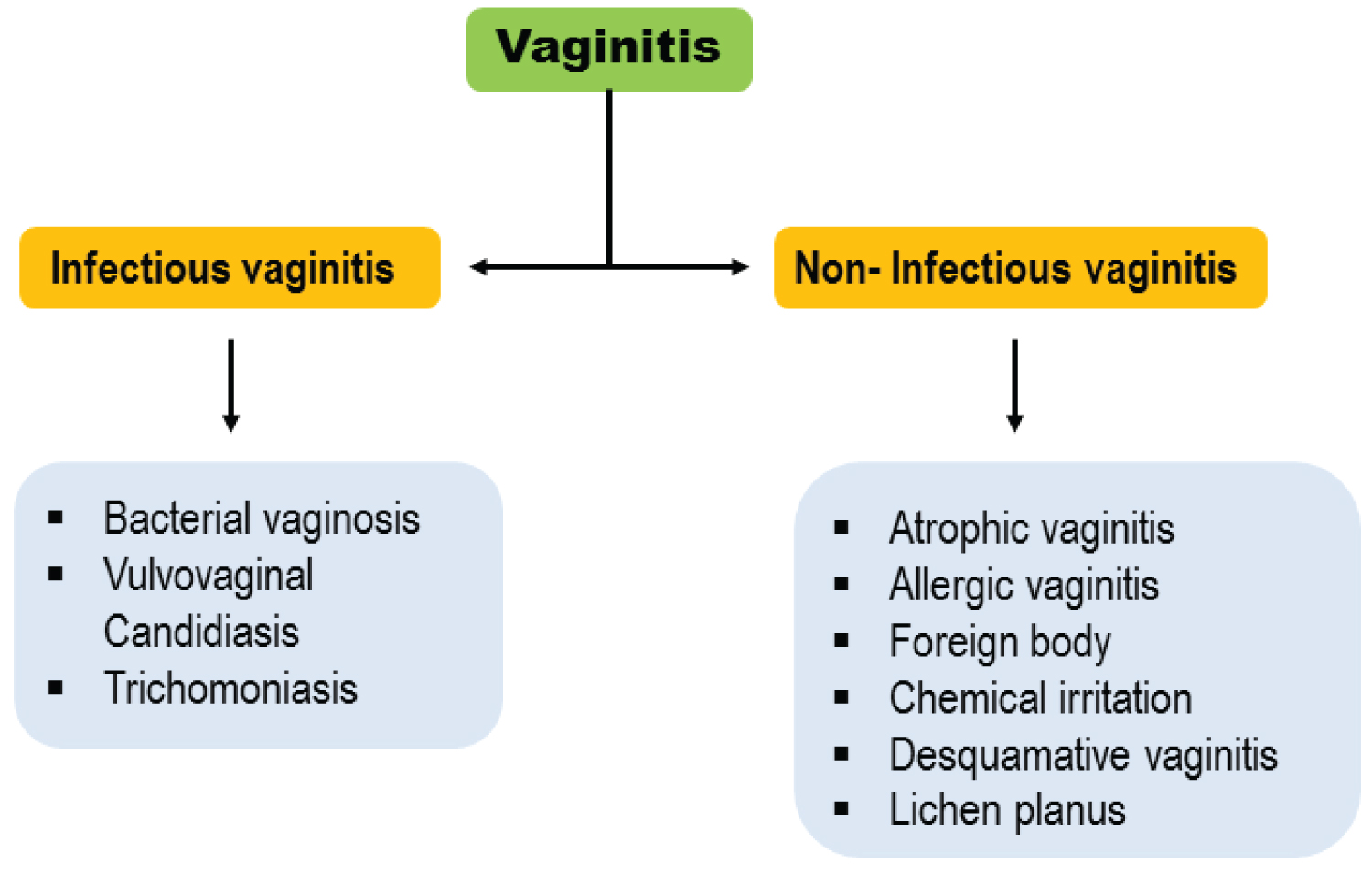Effective Ways to Create a Low Residue Diet Menu for Easy Digestion in 2025
In our fast-paced world, the importance of digestive health cannot be overstated. A low residue diet can be extremely beneficial for those experiencing digestive issues, offering relief to conditions like Crohn's disease, irritable bowel syndrome (IBS), and recovery after gastrointestinal procedures. This article will explore the essentials of creating a low residue diet menu, including what foods to include, meal planning tips, and delicious low residue recipes. Furthermore, we will delve into the numerous advantages of adopting this dietary approach, ensuring you have all the information to navigate your culinary journey toward improved digestive health.

Understanding the Basics of Low Residue Diet
Before diving into menu creation, it's crucial to understand what a low residue diet involves. A low residue diet is designed to reduce the amount of undigested food that makes its way through the intestines. This is achieved by limiting high-fiber foods, thereby easing the digestive process. Many healthcare providers recommend this diet to prepare for medical procedures, recovery from surgery, or manage chronic digestive disorders.
What is a Low Residue Diet?
A low residue diet limits fiber intake and excludes certain food groups that can irritate the digestive tract. Foods allowed include refined grains, lean proteins, and selected fruits and vegetables with minimal fiber. By following a low residue diet, you'll likely experience decreased bowel movements and reduced digestive discomfort.
Benefits of Low Residue Diet
Embracing a low residue diet offers numerous health benefits, including easing symptoms of digestive disorders, enhancing recovery post-surgery, and alleviating constipation. It's a practical approach that not only helps patients focus on nutrition but also promotes digestive health by reducing irritation in the gastrointestinal tract.
Low Residue Diet Guidelines
When preparing a low residue meal plan, adhere to specific guidelines. Focus on choosing low residue foods such as white rice, skinless potatoes, and smooth nut butters. Always consult a medical professional for personalized recommendations, especially if you have a specific health condition or dietary restriction.
Low Residue Foods List
Here are some key low residue foods to include: white bread, cooked vegetables (without skins), soft fruits like bananas, and lean meats. Foods to avoid are whole grains, nuts, seeds, and raw fruits and vegetables. By mastering these lists, you'll set a solid foundation for your low residue diet meal plan.
Low Residue Diet Shopping List
To simplify your low residue diet meal prep, creating a detailed shopping list is essential. Prioritize foods based on your dietary preferences, be it low residue vegetarian options, lean proteins, or easy-to-digest carbohydrates. Regularly revisiting and updating your list will ensure you're always stocked with suitable ingredients.
With those foundational concepts understood, let’s explore effective ways to create a low residue diet menu for easy digestion.
Creating Your Low Residue Diet Menu
Creating a low residue diet menu requires thoughtfulness and planning. Knowing what to include in your meals can significantly impact your digestive comfort and overall well-being. The following sections will provide guidance on meal options for breakfast, lunch, and dinner.
Low Residue Breakfast Options
Start your day with simple, easily digestible foods. Options like scrambled eggs, white toast, or low-fat yogurt with ripe banana are excellent choices. For those needing a bit more substance, consider oatmeal made with water (instead of milk) while avoiding added fiber-rich toppings.
Low Residue Lunch Ideas
Lunch can be both satisfying and nutritious without compromising your diet. A cream-based soup, well-cooked carrots, and skinless chicken breast make for a fantastic combination that adheres to low residue guidelines. Additionally, white rice or plain pasta can serve as a healthy carbohydrate option.
Low Residue Dinner Recipes
For dinner, think simple and light. Baked fish with steamed zucchini is a flavor-packed yet low residue meal. Pair this with mashed potatoes for a comforting side. You can also experiment with low residue recipes including chicken casserole, utilizing low-fiber ingredients without sacrificing taste.
Low Residue Snacks
Snacking can still be enjoyable while on a low residue diet. Your options include low residue snacks like gelatin, banana chips, and yogurt. Aim for small portions to maintain consistency in digestion and energy levels throughout the day.
Low Residue Beverages Options
When it comes to hydration, opt for clear liquids such as broth, tea, or clear fruit juices. It's crucial to avoid carbonated beverages and caffeine, as these can irritate the gastrointestinal tract. Staying well-hydrated while on a low residue diet is essential for optimal digestive function.

Now that we have covered essential meal ideas, let’s explore some practical preparation methods and tips for optimizing your low residue diet experience.
Preparation Tips for a Low Residue Diet
How you prepare your food can substantially influence its digestibility. Utilizing specific cooking methods will help maintain your low residue diet while still offering flavor and nutrition. Let’s look at some effective low residue cooking tips.
Low Residue Cooking Techniques
Steaming, boiling, and baking are preferred methods for low residue meals. These techniques preserve flavors without introducing irritating textures. Avoid frying and grilling, as these can add unwanted fats, making digestion more complicated.
Meal Prep Ideas for Low Residue Diet
Plan your meals ahead of time to avoid last-minute choices that might not align with your dietary restrictions. Batch cooking low residue recipes, such as soups or casseroles, allows you to conveniently reheat meals during busy days, ensuring you stick to your plan easily.
Integrating Low Residue Food Substitutes
If you find the typical options monotonous, consider integrating low residue food substitutes. For example, cauliflower rice can replace standard rice for a distinct twist. This not only diversifies your menu but may also help meet nutritional needs with fewer digestive issues.
Culinary Strategies for Low Residue Meals
Focus on flavor enhancement through herbs and low residue sauces. Light vegetable purees or basing sauces on broth can elevate your dishes without introducing excess fiber. Experiment with seasoning to make meals exciting yet compliant with low residue guidelines.
Low Residue Meal Combinations
Pairing low residue foods is crucial for balanced nutrition. Combining proteins like tender fish with carbohydrates such as cooked white rice creates a well-rounded, easily digestible meal. Make sure to adhere to portion sizes to avoid overwhelming your digestive system.
Incorporating these preparation strategies will make adhering to a low residue diet simple and enjoyable. As we continue, let’s address some common questions and concerns related to this dietary approach.
Frequently Asked Questions About Low Residue Diet
Transitioning to a low residue diet can raise various questions. Understanding these queries will help you foster confidence in your dietary choices and support your journey toward better digestive health.
What Can I Eat on a Low Residue Diet?
You may wonder what foods are permissible on a low residue diet. Focus on low fiber options like white bread, plain cereals, well-cooked vegetables, and lean meats. Avoid high fiber items such as whole grains, nuts, and seeds.
What are Common Mistakes to Avoid?
A frequent pitfall is misjudging portion sizes. Consuming large amounts of low residue foods can still lead to discomfort. Stick to moderate portions and enjoy named options gradually to assess your body's response.
Can I Follow a Low Residue Diet Long-Term?
While many adopt a low residue diet temporarily for digestive relief, consult your healthcare provider regarding long-term adherence. They can help ensure your nutritional needs are met without compromising digestive health.
How Does a Low Residue Diet Help with Constipation?
A low residue diet reduces bulk in the intestines, consequently easing constipation. The limited fiber content allows for smoother bowel movements while preventing irritation in sensitive bowel conditions.
Do I Need to Take Supplements on a Low Residue Diet?
Some individuals may require vitamin or mineral supplements while following a low residue diet, particularly for nutrients typically derived from high fiber foods. Consulting with either a dietitian or a physician can help tailor any necessary supplementation.
With these insights into the low residue diet, you are now equipped to create deliciously easy-to-digest meals tailored to your needs. Implement these strategies, stay mindful of your body’s reactions, and enjoy your culinary journey toward better health.
